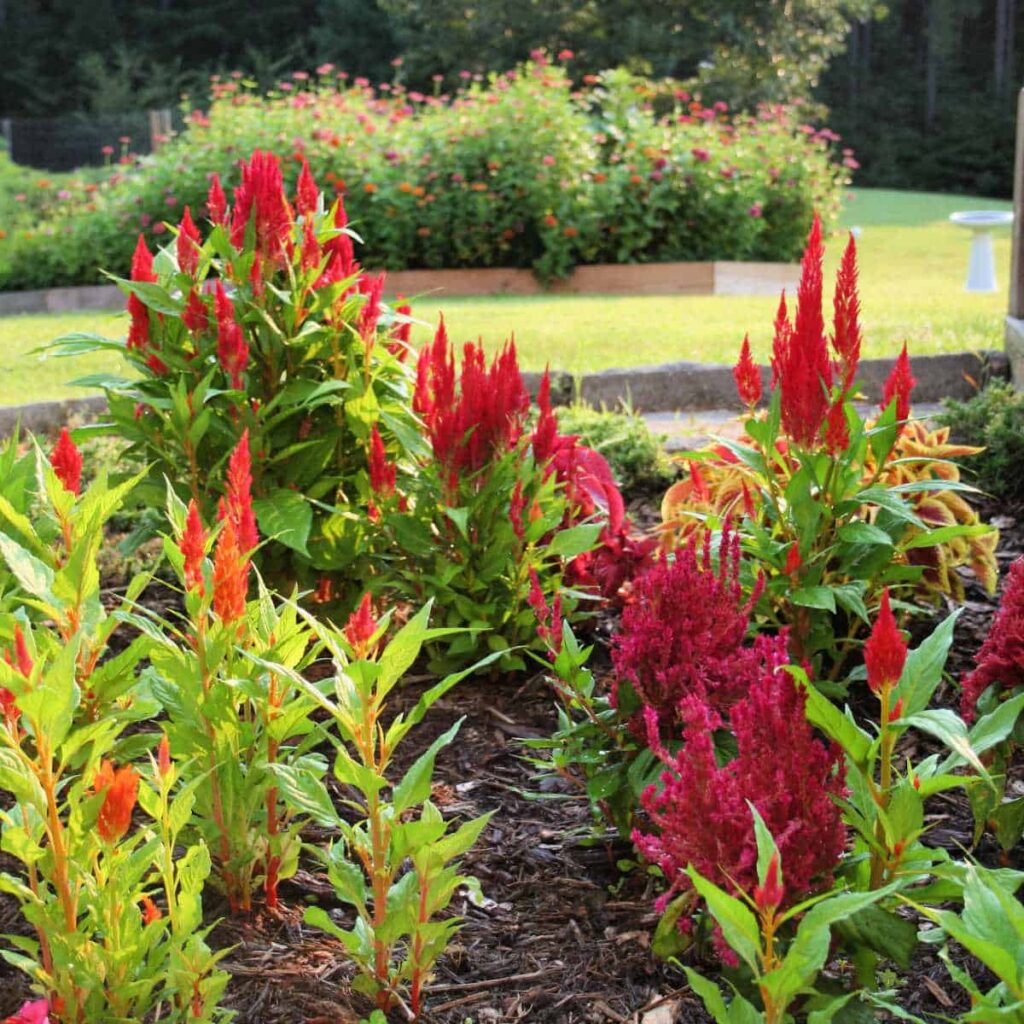Would you like to learn how to save flower seeds? Saving your own flower seeds means you’ll have your favorite seeds ready to plant next spring. Here’s a short, easy tutorial on how to save flower seeds from your garden.
Simple Steps – How to Save Flower Seeds
Fall is the best time to save flower seeds, although you can save them at any time after the plant begins to go to seed. Seeds are the reproductive parts of many annual plants. After the plant flowers, it produces seeds, which will self-sow and grow new flowers next year.
- Choose flowers that have already gone to seed. You can tell when the flowers turn brown or brittle. Sometimes, you can see hard capsules or small capsules where the seeds have formed.
- Carefully cut the flowers from the plant.
- Place a piece of waxed paper on a flat surface.
- Working with one type of flower at a time, gently shake the flower/seed heads over the waxed paper. The seeds should fall easily onto the paper.
- You may need to brush your fingers or hands over the flowers to remove the seeds. Marigolds, for example, create rocket-shaped capsules of seeds, which may need to gently remove from the plant.
- Once you have seeds collected on the waxed paper, gently fold the paper to make a funnel, and transfer the seeds into a paper envelope or a glass jar. Paper envelopes are usually better for storing seeds because they allow for air circulation.
- Label and date the envelope or container with the seed name and date.
- Store in a cool, dry, dark place until next spring.
Example – Saving Celosia Seeds
Here’s a picture of one of our favorite little flower gardens on the property – the garden right outside my kitchen window. This year, I chose to save the celosia seeds. Each year, the celosia reseeds freely in the flower garden (along with the aquilegia – columbine) but I want to plant some in another part of the garden next year. To do so, I need to save its seeds.

Celosia flowers create abundant seeds. The bees love the plants, and this year we had a bumper crop of seeds.
I knew it was time to save the seeds when the flowers turned brown and papery. I shook one of the flowers out over the garden and saw the seeds falling freely to the soil. This was another sign that the flowers were ready for seed saving.
I carefully shook the flowers over a metal bowl I brought out to the garden. Once inside the house, I picked out the remaining plant material from the bowl. Often, small bits of flowers and stems shake into the seeds. Since these can go moldy and in turn contaminate your seeds, it’s smart to pick them out.
Working in small batches, I transferred the seeds into paper envelopes. I marked them with the date and name and then slipped them inside an antique bread box I use to store my seeds.
How to Save Seeds – Coleus and Basil Are Similar to Celosia
When you’re learning how to save flower seeds, it’s good to work with plants whose seeds are similar. That way once you learn the techniques for saving flower seeds for one type of plant, you’ll be able to easily save seeds for another.
Seed saving for coleus and basil are very similar to celosia flowers. Coleus produces seeds on small flower stalks that appear at the terminal buds, or tips, of each of its colorful foliage. Basil is similar.
When the flowers are done for the season, clip them off. Working with one type of plant at a time, shake the seeds over waxed paper. Remember to transfer the seeds to your envelope or container before moving on to another type of seed. You can’t separate the seeds once they’re on the paper. Most seeds look very similar. Celosia and coleus seeds, for example, look like grains of pepper!




